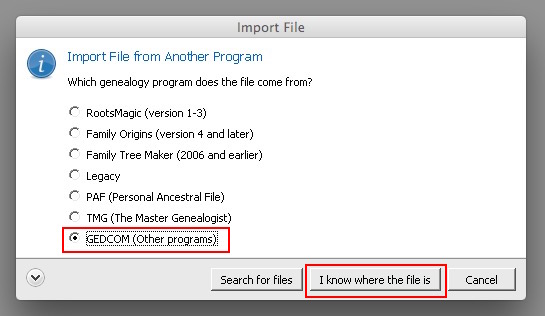
These questions are specific and designed to help you gather needed information about an ancestor. Asking the Right Genealogy Question: At the heart of focused, effective research there are questions. For more tips and guidelines for successful online searches, check out Goal 6 in Project 4: Discover.

You'll learn how site searches, quotes, Boolean operators and more can get you the genealogy search results you need. You can find that information quicker and easier with these tips from. Tips for Web Searches: Sometimes the research info you need isn't on FamilySearch or Ancestry, etc., but it's somewhere out there on the internet. You can learn more about Sanborn insurance maps from the 1800's and 1900's in this RootsTech video, as well as in Goal A2 of the United States page. The Library of Congress has over 35,000 of them online, arranged by location, with details on business and residences in each map. Finding Clues with Insurance Maps: One of the overlooked treasures in United States genealogy is the Sanborn collection of fire insurance maps. For more information on timelines, see Goal A2 in the United States page. The Timeline Grid: An Easy Way to Track, Organize, and Use Your Research by Kathryn Grant gets you started with the concepts you need to know. Exploring the Timeline Grid: Using a timeline grid can be a great way to see how the pieces of your research fit together, as well as helping you with same-name and other family history challenges. For more tips on developing your family history research skills, check out Goal 7 in Project 4: Discover. He uses census records as a starting point and then describes the challenges and opportunities that follow. The Next Level: How do you move your research skills to the next level? What are the skill levels that people typically go through as they start looking for ancestors and move forward in research? The answers to these questions can be found in this interesting article by James Tanner. To learn more about finding the records you need, see Goal A1 in the United States page.
#TURN OFF COUNTY CHECK IN ROOTSMAGIC 7 SERIES#
A series of RootsTech articles has some useful tips for locating these records on FamilySearch: check out Finding Elusive Records in FamilySearch, Part 1, Part 2, and Part 3. Others are harder to find but may contain valuable information about your ancestors. Finding Elusive Records: Some records are fairly easy to locate, such as census records or parish records. For more ideas, see Goal 9 in Project 2: Memories. It also includes a fun "Mad Libs" activity you can try for capturing family history memories. To help you capture interesting and important items about your life to share with your family and others, read 16 Things to Write Down about Yourself.

Remember that one of the most important people in your family tree is you. Writing Your Own Story: Finding your ancestors and documenting their life experiences can be a very rewarding activity. You'll find additional tips and guidelines for cemetery research in Goal B6 of the United States page.


#TURN OFF COUNTY CHECK IN ROOTSMAGIC 7 HOW TO#
It explains how to find cemetery records, the role of cemetery registers, establishing ancestor relationships, and more. If you're looking to go beyond the typical headstone information in your ancestor searches, check out this Legacy Tree article. Discovering Cemetery Information: Cemeteries are more than just a Halloween theme they are one of the most overlooked resources for genealogy research.


 0 kommentar(er)
0 kommentar(er)
